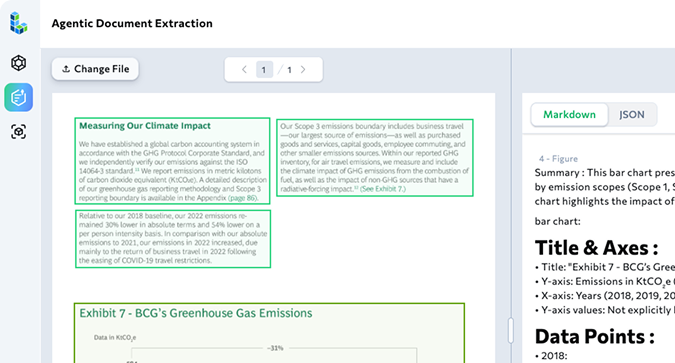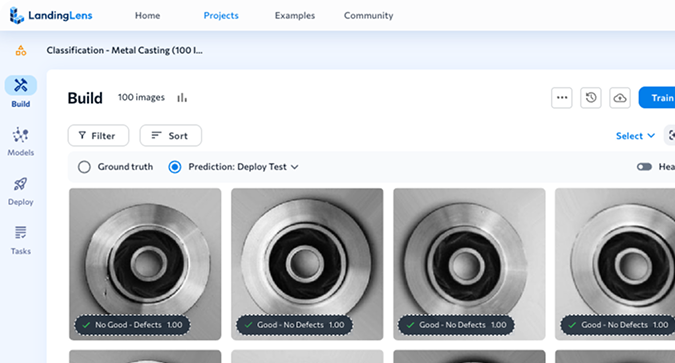
TECH BRIEF
Deep Learning AI Platform
Build vs. Buy?
10 reasons why companies should think twice before developing a deep learning platform in-house.
When planning to implement deep learning software into a machine vision application, manufacturers face a dilemma: Should they use a standard software platform to develop their models or build a framework tailored to their needs?
Many believe that designing their own deep learning platform will bring more flexibility, allowing them to tailor the solution to their own specific needs and existing processes and systems, both in the initial development and later over time.
Companies also value the ownership of all IP related to a tool that might give them a competitive advantage and the ability to license that tool to subsidiaries or sister companies. In most cases, however, such initial ambitions crash on the wall of reality. Creating and maintaining artificial intelligence (AI) software is not a trivial thing, and manufacturers whose core business is not software development often underestimate the challenges of such an endeavor or ignore them altogether.

10 REASONS
Why companies should buy machine learning software instead of building from scratch
 Sunk Costs
Sunk Costs
Deep learning has helped improve the accuracy and flexibility of machine vision inspection systems
- When one of leading manufacturers turned to LandingAI to build machine learning models with LandingLens, it had already been working for more than a year with a group of machine learning engineers in several facilities on a self-developed machine learning platform.
- The software was not yet ready to be implemented and was so complex to operate that only two machine learning experts were able to use it. Completing the project would have cost another three years of development for an estimated $1.5 million, and maintaining the software would have cost another $3 million over the same period.
- The company decided to stop the project and instead use LandingLens, an end-to-end deep learning platform, which proved much easier and faster to implement, with a larger team able to collaborate on development and at a much lower overall cost.
Using LandingLens, an end-to-end deep learning platform.
proved much easier and faster to implement, with a larger team able to collaborate on development and at a much lower overall cost.
 High Effective
High Effective
Building a deep learning platform is not trivial
- It requires significant resources with an equally high level of expertise. Many companies either don’t have these resources or need to pull them out of their core business software development resources.
- Some decide to pursue a custom solution and outsource the development, but this external resource comes at a cost too. In any case, programming your own deep learning platform will cost a lot of time and money, with little predictability about when the solution will be ready for production.
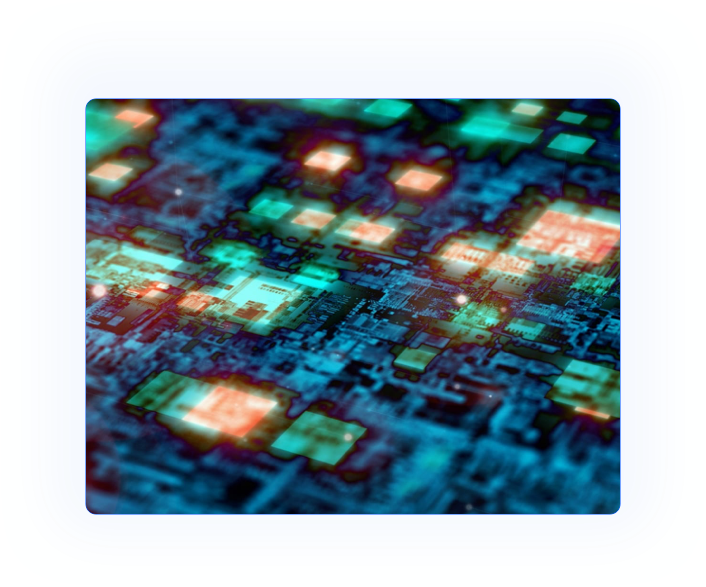
 Technical Innovation
Technical Innovation
AI is an area of extremely fast-paced innovation.
New research and development from both academia and industry keep pushing the boundaries of what is possible with deep learning and machine learning. It is hardly possible for a company whose core business is not AI software specifically designed for computer vision to keep up to date with the technology. As a result, homegrown solutions tend to be out of date before they even go into production.
 Validation
Validation
Developing great software is one thing, but it also needs to be properly validated to be fully reliable.
This applies to both the deep learning platform itself and the models developed upon it. Do you have the capabilities to perform such validation? Does your platform include robust validation workflows for the learning models that will be trained upon it? If you cannot confidently answer yes to these two questions, you’d better look for a proven third-party solution.
 Maintenance
Maintenance
Software cannot be limited to its initial development; it must be maintained to ensure seamless operation over time.
This work involves not only the software itself but also its interfaces with other systems, such as cloud computing platforms or enterprise software. Any update on their side must be verified and validated in any proprietary software to ensure the systems still communicate seamlessly with each other.
 Support
Support
As with maintenance, user support is needed over the whole lifetime of the software.
This is essential for tools that are used to ensure quality on a production line, with a high cost for poor quality. Fast response time — ideally 24/7 support — is needed to secure fast troubleshooting. The more users who implement the software, the more support capabilities are needed. There too, if you don’t have the resources to provide that support, a third-party software solution might be the better answer.
 Knowledge Transfer
Knowledge Transfer
To secure maintenance and support over time, one of the major challenges for companies is knowledge transfer
Most of the time, the developers who design a solution move on to other roles or leave the company after completion of the project. Who will take over maintenance and support? Are these staff properly trained? Is comprehensive documentation available so that future staff can easily jump in?
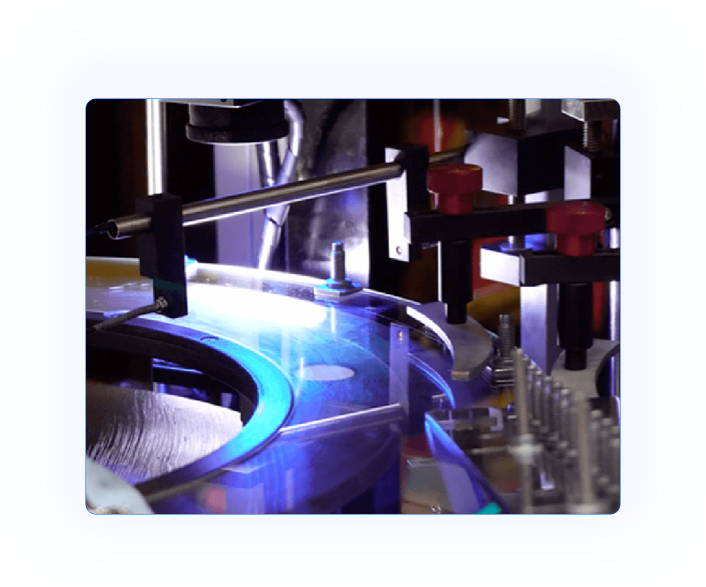
 Standardization
Standardization
Standardization of processes is an essential factor of efficiency in a manufacturing organization
- The more standardized the workflows of a deep learning platform, the more consistent, controllable, and shareable the outcome. In-house developments tend to be less structured than standard solutions, whereas standard solutions allow for more deployments across multiple locations with more complex support.
A solution like LandingLens ensures more standardized processes and shorter development times
Additionally, the software is accessible to a wider audience of operational experts, who can contribute their knowledge of the product and manufacturing processes. The results show that third-party software is a more practical and effective solution.
 Productivity
Productivity
Your company might be able to build a deep learning platform in-house that allows your staff to train models for their vision applications.
Most of the time, the developers who design a solution move on to other roles or leave the company after completion of the project. Who will take over maintenance and support? Are these staff properly trained? Is comprehensive documentation available so that future staff can easily jump in?
 Accessibility to a Larger Audience
Accessibility to a Larger Audience
Standardization of processes is an essential factor of efficiency in a manufacturing organization.
The more standardized the workflows of a deep learning platform, the more consistent, controllable, and shareable the outcome. In-house developments tend to be less structured than standard solutions, whereas standard solutions allow for more deployments across multiple locations with more complex support.
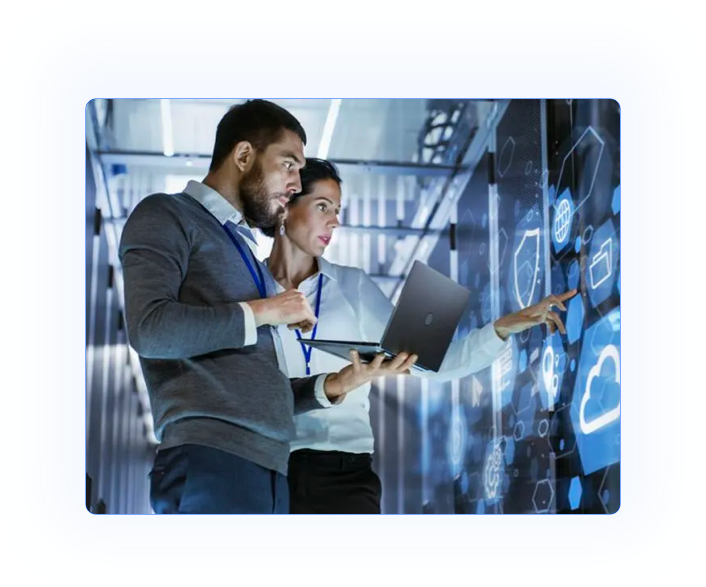
Quite often, companies that decide to go for a homegrown solution don’t have solid answers to these questions.
This can be a ticking time bomb when the platform goes into production.
Building a deep learning learning platform in-house may look like a good idea at first glance, but in most cases, it turns out to be more complex, time-consuming, and expensive than implementing a third-party software solution. This is because homegrown solutions take a lot of time and resources to develop. Other problems include less AI expertise on the part of developers, less robust validation, and poor maintenance and support capabilities due poor documentation and knowledge transfer.
Related Resources

Improve Medical-Device Inspection Accuracy with Deep Learn

How to Set Up for Success in Deep Learning Development
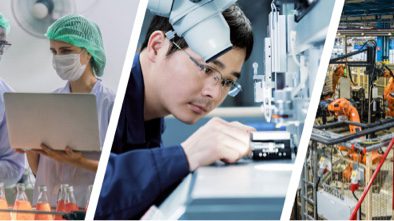
How Deep Learning and Artificial Intelligence Can Complement Rules-Based Machine Vision
[hubspot type=form portal=5754110 id=f1d7dd3e-b003-488f-8894-274b0909912c]
